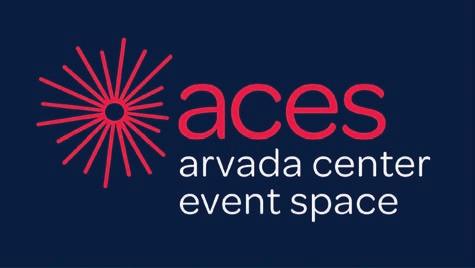
3 minute read
Air regulators o er legal help to neighborhood groups
BY MICHAEL BOOTH THE COLORADO SUN
Did you hear the one about the state government o ering the public free lawyers to harass … the state?
It’s no joke. In one of the rst tangible impacts of environmental justice policies and rules that are working their way into multiple battlegrounds overseen by state and federal regulators, Colorado’s public health department now links community groups with pro bono lawyers who can help the groups become o cial “parties” in complex environmental rulemaking, giving them a voice ampli ed by legal muscle.
e rst such e ort will play out later this year as the Air Quality Control Commission writes new rules requiring some of the largest industrial polluters in Colorado to cut their greenhouse gas emissions by set percentages. e community group Climate Equity Community Advisory Council wants to ensure the state requires 18 targeted industrial polluters to make real cuts using the best technology, not just the cheapest. And they want an accounting of the results down the road.
e air commission and many other state agencies have always taken public comments, said Rachael Lehman, a member of the advisory council, and a
Community College of Denver faculty member who volunteers to work on environmental issues.
But too often, Lehman said, “the result is ‘We got your comments, now shut up.’ I’ve seen it in multiple situations, where they say, ‘Yes, we had so many community meetings.’ OK. But did they actually listen and incorporate what the community said?”
Regulators from the Colorado Department of Public Health and Environment put the community council in touch with volunteer Wyatt Sassman of the University of Denver Sturm College of Law’s Environmental Law Clinic. ey are now a party to the industrial pollution rulemaking, sitting shoulder to shoulder with the likes of Anheuser-Busch, Cargill, Molson Coors and environmental giants like the Sierra Club.
“It’s important for us to just have that ability to be able to keep an eye on things, and make sure that the rule is being written in a way that is understandable,” Lehman said. She worries that the big companies targeted by the industrial rules “have the big, big pockets, and you can sort of buy your way out of this.” Sassman, she said, is helping the community group understand the rule drafts word by word, and “what’s even in the realm of possibility.”
State o cials said they have worked hard to create meaningful community engagement. e commission’s rulemaking sessions debate how to carry out directives from the legislature. As part of Colorado’s overall e ort to reduce all greenhouse gas emissions by 50% by 2030, the legislature added details in 2021 requiring the largest industrial polluters to cut emissions 20% by that year, from a 2015 base year. Any industrial company emitting over 25,000 metric tons of greenhouse gases a year would need to start limits in 2024. After rounds and rounds of lings by the parties, public comments and state responses, the commission will take up the industrial rules, called GEMM Phase 2, in September. e list of 18 Colorado companies ranges from American Gypsum to Molson Coors and Cargill Meat Solutions, to Sterling Ethanol and Suncor Energy’s Commerce City re nery.
A series of state and federal policies made into law in recent years require agencies to consider how past pollution has disproportionately impacted communities with lower incomes and higher minority populations. By default or conscious zoning, Colorado industries are concentrated in communities like north Denver, Adams and Pueblo counties, and in other locations with measurable impacts on the physical health of lower income residents.
“We just are looking at our process from beginning to end, thinking about how we can interact with all stakeholders and open the door to include voices we aren’t hearing, which was quite a few,” said Lauren McDonell, climate change outreach planner for the Air Pollution Control Division. e division sta s the air quality commission and carries out day-to-day air regulation.
Public comments are great, McDonell said, but if a community group is granted “party” status, “they’re actually around the table with other entities, who actually can get into the details of the rule language, they can propose di erent language, alternate proposals.” e corporations will have their
Becoming an o cial “party” has more involvement and in uence, “but it’s also more time, and it comes with deadlines and things that are related to a legal process. ey don’t require an attorney, but it’s a heck of a lot easier if you have one,” McDonell said. e APCD’s Clay Clarke reached out to the Colorado Bar Association environment committee and wound up with a list of pro bono attorneys willing to dig in on behalf of community groups.

ORDER DEADLINE IS WEDNESDAY AUGUST 9TH, 2023
(but there are always extra boxes available on pick up date)







